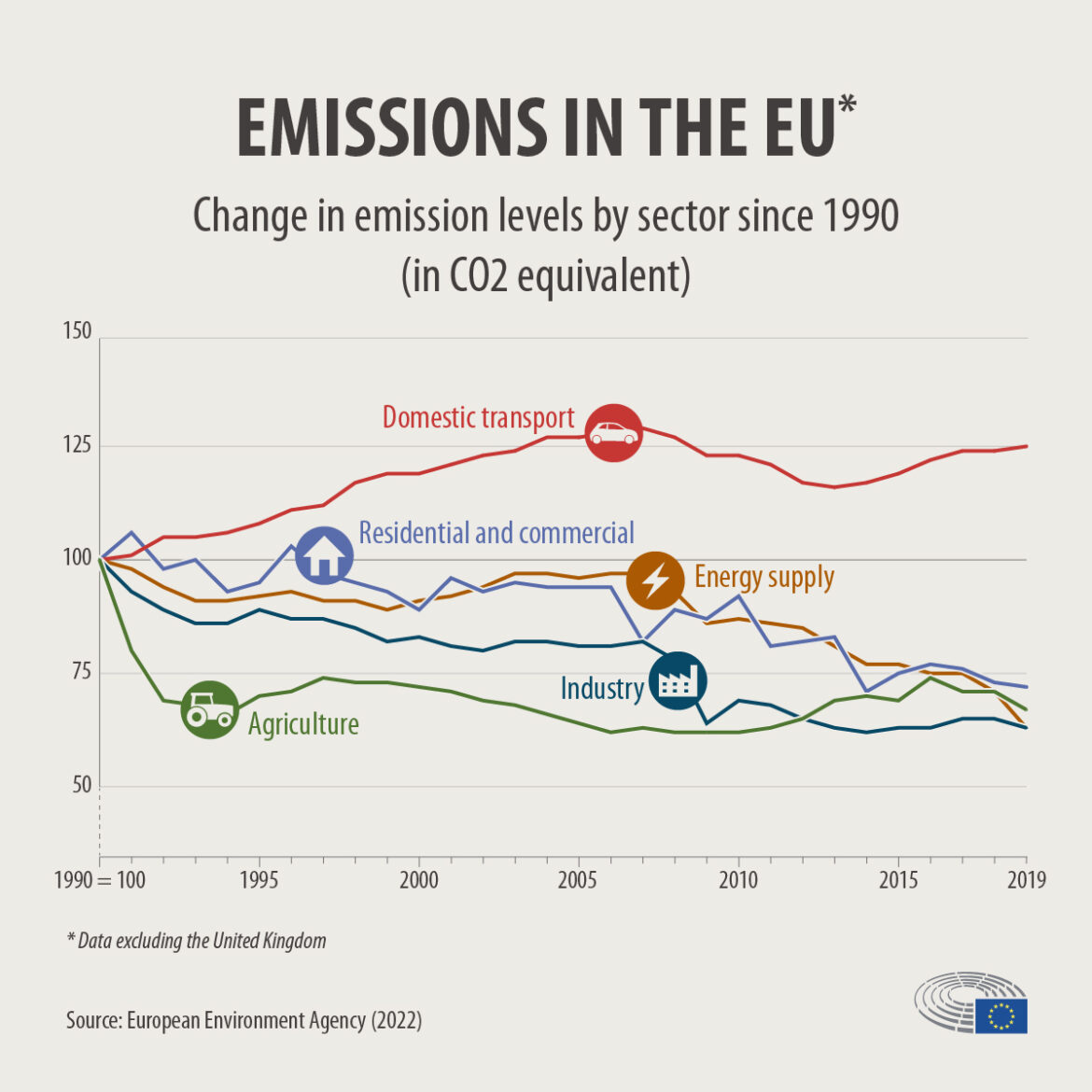Emission Levels
Cryptocurrency emission levels refer to the total number of coins or tokens that are released into a market over a certain period. This is also known as “inflation” in traditional currencies and works similarly with cryptocurrencies, where minting new units of currency helps regulate its circulation and value within an economy. The rate at which cryptocurrency emissions occur is determined by various factors such as miner reward, initial distribution, and consensus algorithms like Proof-of-Work (PoW) or Proof-of-Stake (PoS). The total supply can be predetermined for long periods of time or adjusted according to the needs of the network.
Miner Reward
Miner rewards are what miners earn from mining blocks on a blockchain network; they usually include transaction fees plus block rewards consisting mainly of newly created coins issued through inflationary mechanisms managed by protocol rules. Depending on their type (Proof-of Work vs Proof-of Stake), these protocols will determine how many new units enter into circulation every day based upon difficulty adjustments dictated by hashrate fluctuations. When it comes to PoW networks, miner rewards typically represent around 50% – 75% percent of all new coin creations while 25%-50 % may come from other sources such as premine allocations given out during token sales among others categories related to founder/advisor awards etc..
Initial Distribution
As part of launch process most projects allocate some amount funds generated via token sale towards initial distributing them amongst early investors ranging anywhere between 5%-20%. Majority holders tend receive large amounts distributed prior mainnet activation while smaller ones might range up 1000s depending size allocation made available each individual holder respectively . In addition this means there could potentially millions more tokens circulating before actual emission begins taking place leading increased price volatility due limited liquidity .
Consensus Algorithms
Both PoW & PoS protocols have been used extensively launching different types cryptocurrencies but primary focus here lies specifically within former category since its much more widely adopted than latter one . For example BTC , LTC , ETH DASH employ standard SHA256 algorithm ensure correct transactions are added ledger secure manner without any double spending happening same time however newer architectures like Ethereum 2 0 plan introduce hybrid mechanism combining both aforementioned technologies together order maximize efficiency scalability overall system performance .


